When it comes to enjoying a satisfying hookah session, the choice of charcoal can make or break your experience. The charcoal you use directly affects the taste, duration, and safety of your smoking session. With so many options available on the market, it can be challenging to determine the best one for your needs. The three most common types used today are coconut charcoal, wood charcoal, and quick-light charcoal.
In this comprehensive guide, we’ll break down the key differences between these charcoal types, examining their composition, burn quality, health implications, and environmental impact. By the end, you’ll have a clear understanding of which charcoal offers the best experience for hookah lovers.
1. Composition and Production
Coconut Charcoal
Coconut charcoal is made from the shells of mature coconuts, which are carbonized, ground into fine powder, and compressed into briquettes using natural binders like starch. This type of charcoal is known for its dense composition, consistent shape, and lack of chemical additives.
2. Ignition Time and Ease of Use
Coconut Charcoal
Coconut charcoal takes 5–10 minutes to light using a charcoal burner or stove. While it requires some patience, it doesn’t contain chemicals, making it safer for your health and taste.
3. Burn Duration
Coconut Charcoal
Known for its long burn time, coconut charcoal can last up to 90–120 minutes depending on the size and shape. This makes it ideal for long hookah sessions with minimal coal changes.
4. Heat Output and Consistency
Coconut Charcoal
Coconut briquettes offer consistent and steady heat, which is critical for evenly cooking the shisha and delivering smooth smoke. Their dense structure ensures even heat distribution and better heat management.
5. Flavor and Smoke Quality
Coconut Charcoal
This charcoal is odorless and tasteless, ensuring that nothing interferes with the flavor of your shisha. It preserves the purity of tobacco and enhances the overall smoking experience.
6. Health and Safety
Coconut Charcoal
Coconut charcoal is considered the safest of the three. It contains no chemicals, produces minimal ash, and emits low levels of carbon monoxide when used correctly. It’s ideal for health-conscious smokers and lounges that prioritize customer safety.
7. Environmental Impact
Coconut Charcoal
Made from agricultural waste (coconut shells), coconut charcoal is the most eco-friendly option. Its production reduces waste and doesn’t involve cutting down trees. At PT Gunawan Putra Persada (UICHARCOAL), we use traditional ovens and sustainable methods to ensure minimal environmental impact.
8. Ash Production
Coconut Charcoal
Coconut charcoal produces very little ash (typically under 2.5%), which means less mess, better airflow, and easier cleanup.
9. Cost and Availability
Coconut Charcoal
Slightly more expensive upfront, but cost-effective over time due to longer burn and less frequent usage. Widely available through trusted manufacturers like PT Gunawan Putra Persada.
Which Charcoal Is Best for Hookah?
When comparing coconut vs wood vs quick-light charcoal for hookah, coconut charcoal emerges as the clear winner in nearly every category:
- Longer, more consistent burn
- Odorless and tasteless
- Low ash and smoke
- Chemical-free and safe
- Environmentally sustainable
For hookah enthusiasts, lounge owners, and distributors seeking premium performance and environmental responsibility, coconut charcoal briquettes offer the best value and experience.
At PT Gunawan Putra Persada (UICHARCOAL), we specialize in producing top-tier coconut charcoal briquettes for hookah, trusted by over 15 global brands and exported to more than 10 countries. Contact us to explore our product line and elevate your hookah sessions today.
